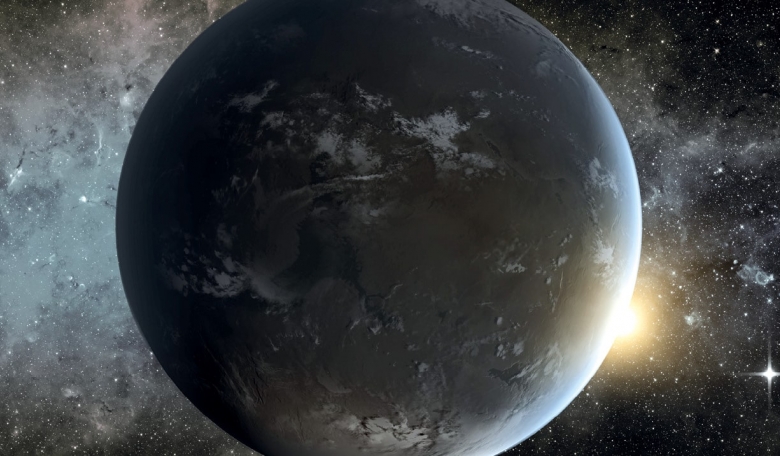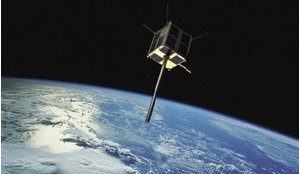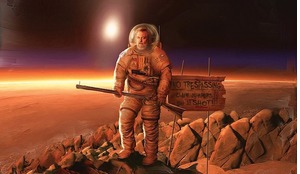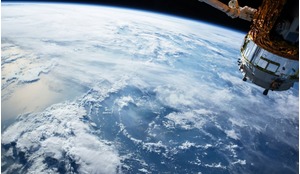The possibility of sentient, non-terrestrial life-forms is no longer confined to science fiction; indeed, the search for extraterrestrial intelligence (SETI) is a serious subject of academic study. In this article, Iván Almár, the co-inventor of the ‘Rio Scale’ for categorising the level of detection of, or encounter with, an alien civilisation, poses one of the most important questions that will one day face us: how will humanity react to the first discovery of extraterrestrial life or alien technology?
Without doubt, this is one of the most important questions of our age. Is our Earth, teaming with life as it so demonstrably is, really an exception in an immense but uninhabited universe full of galaxies, each with billions of stars surrounded by planetary systems? Modern astronomy has proved that, firstly, there is plenty of space available in the universe for evolving life-forms; secondly, billions of years were and still are available for the evolution of life; and thirdly, as far as we know, all fundamental constituents of life are present not only on many smaller celestial bodies, but also in interstellar space.
The scientific search for extraterrestrial life, known as astrobiology, has developed recently into an important international and interdisciplinary research programme based on astronomy, space sciences, and biology in particular. One can find it on the curricula of universities, in the work of large research centres and on the programmes of scientific congresses and conferences.














